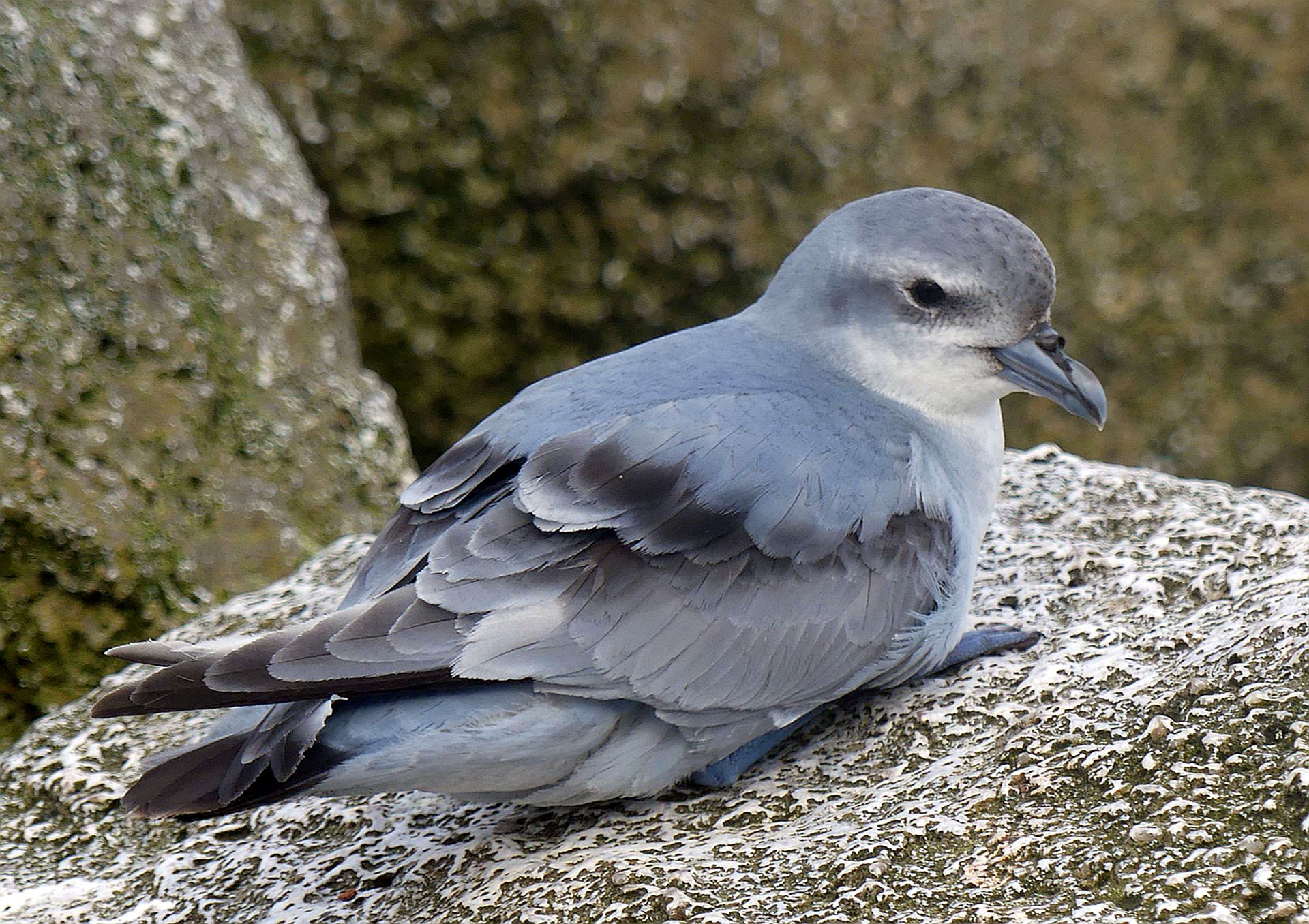New Zealand gains two more endemic bird species
October 4th, 2022
Recent analyses by Te Papa revealed several surprises that affect the conservation significance of prion populations on the Chatham Islands in particular, and also in the New Zealand subantarctic region as a whole!
The key findings were:
- The ‘fulmar prions’ from the Chatham Islands are not closely related to the true fulmar prions that breed on the Bounty Islands and Snares Islands (Western Chain), and are more closely related to fairy prions. As they breed in close proximity to fairy prions (on Mangere Island and the Murumurus), we recommend that the prions that breed on The Pyramid and the Forty Fours be recognised as a full species that is endemic to the Chatham Islands (Pyramid prion P. pyramidalis).
- The prions that breed on Heard Island (Australian territory) are subantarctic fairy prions (Pachyptila turtur eatoni) NOT lesser fulmar prions (P. crassirostris flemingi). This means that lesser fulmar prions are endemic to the Auckland Islands, and that Australia has lost a breeding species
- As the ‘fulmar prions’ from the Chatham Islands are not closely related to the true fulmar prions that breed on the Bounty Islands and Snares Islands (Western Chain), this means that the fulmar prion as a species is endemic to the New Zealand subantarctic region, with one subspecies on the Bounty Islands and Snares Islands (Western Chain) and the other subspecies on the Auckland Islands.
- Two subspecies of fairy prions should be recognised. Within the New Zealand region, the subantarctic fairy prion (P. turtur eatoni) breeds only on the Antipodes Islands. Beyond New Zealand it breeds on Macquarie Island, Heard Island, Kerguelen Islands, Crozet Islands, Falkland Islands and South Georgia. Under the New Zealand Threat Classification System, P. turtur eatoni should be classified as ‘Naturally Uncommon’, with the qualifiers ‘Secure Overseas’ and ‘One Location’.
Read more on the Te Papa blog: Then there were eight: Te Papa research reveals yet another species of prion
and the research paper: Genomic analyses of fairy and fulmar prions (Procellariidae: Pachyptila spp.) reveals parallel evolution of bill morphology, and multiple species